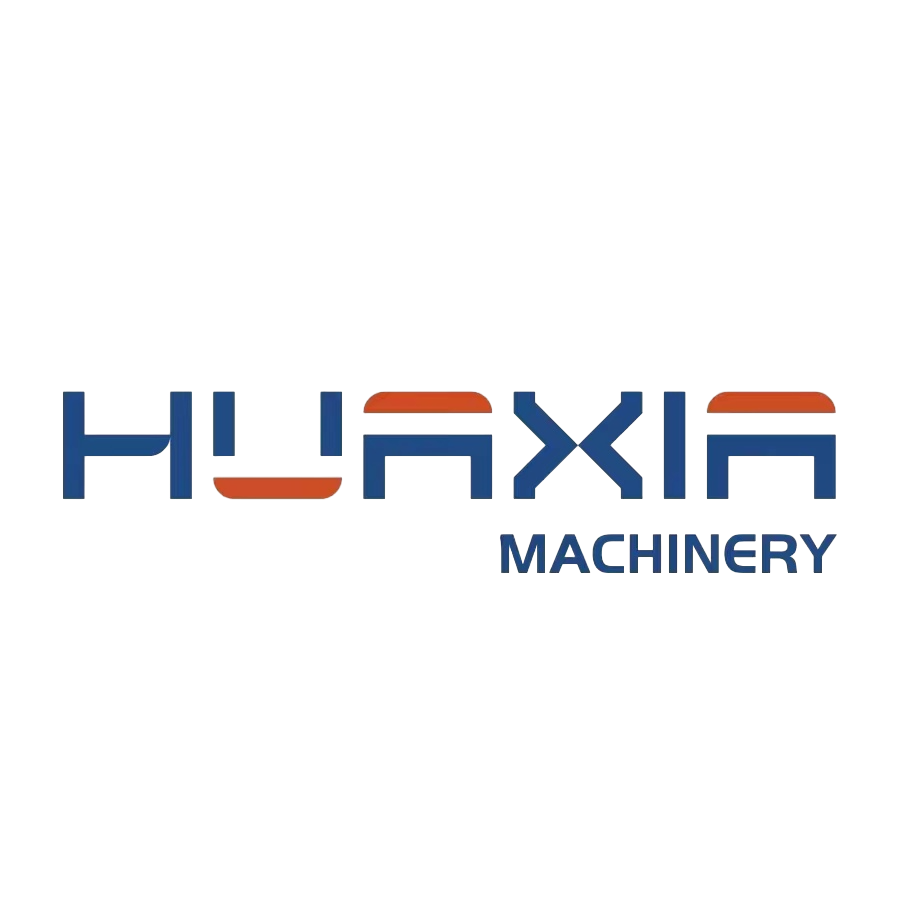Laser cutting, as we know is a very interesting process which uses the high power laser beam to intricately cut out and engrave various materials ranging from metal to wood or plastic. However, with every case the best cutting result needs laser machine to have cut offwith auxiliary gas. This assisting gas, which acts as an energy transfer medium and is also required to save the laser optics. Opting for the correct cutting gas influences not only cut quality but also speed and productivity. This gives you the reason why to know which binary GAS FOR YOUR laser cutting machine respectively. This conversation focuses on things you need to know when using auxiliary gas, as well we'll show your some of our choices for accessing best laser cutting performance with additional gases, and other professional tips on choosing suitable features matching your requirement properly & not doing general errors in the process.
Guiding principles while choosing the assist gas for laser cutting
Selecting the right auxiliary depends on numerous aspects, such as whether you employ a approved or accepted material thickness and laser type for your gas. The danger of this lies in that the suitability of a type and variation can determine which assist gas should be used with laser cutting. Herein, we are going to learn step by step key points you must consider while choice for an adjuvant gas:-
Material Type: The material of which we are cutting, is perhaps the greatest factor when it comes to how and why specific gases will be used. For example, a thick stainless steel cuts looks for an oxidization assisting gas to elevate cut quality.
Thickness of the material being cut- this will dictate what type of auxiliary gas is needed. Thinner materials require less power and gases less reactive, on the flip side thicker parts want more active high- toned gaseous mixtures.
This comprises the laser type used: various lasers make use of distinct assist gases. As an example: CO2 laser cutter vents best with Nitrogen (of oxygen gas); fiber lasers use fit on oxygen or nitrogen.
Yype of gas supply -- this will naturally limit the options voters see. Low-pressure generators can also generate others we take for granted: nitrogen behind the taps at some beer bars across Colorado, or O2 to fill your 20-plus cfm dive tanks.
Top Assistant Gases for Better Laser Cutting LOLighter
Concerning laser cutting and especially with metals, oxygen solution could be a atom more than one order that will react against the material exothermally accelerating total treatment time.
Nitrogen: Nitrogen is an inert gas and works best for cutting thin material. In the main, this is an inert gas to keep your laser optics clean and oxidation (good ol' oxygen) down.
FREQUENTLY USED IN THE LASER CUTTING OF NONMETALLIC MATERIALS, I.E., PLASTICS, WOOD & RUBBER TO PREVENT THE ITEM FROM CHARRING AS IT IS EXPOSED TO A HIGH ENERGY REGION.
Argon, an inert gas for use during the cutting process to produce a clean cut-edge finish when processing stainless steel. This is great for layers with a clean, high-quality surface that resist oxidation.
The Ultimate Guide Of Choosing The Optimal Auxiliary Gas For Laser Cutting Work
If you are not certain about the type of auxiliary gas required, check with manufacturers/engineers who worked on your laser machine to suggest viable options. They might even help to advise which gas is for that matter the highest quality regarding improved machine performance.
Test Using Different Gasses: In order to find out which gas works best for the cutting a different type of gasses should be used and experimented on. This can be done perfectly by trial and error to drink a gas that matches your needs.
Check Gas (Confirm Purity): Keep in mind to always check for purity the gas being consumed or gas purchased. Both of those contaminants will have a confirmed effect on the finished texture both in general performance and fine.
Consider Security: Ultimately, a supplementary unwanted gas need the right safety measures to become observed. Oxygen makes for prime flammability and explosion hazards, leaving absolutely no wiggle room when it comes to abiding by safety protocols.
Common Sense for Selecting a Secondary Gas for your Laser Cutting Machine
This is largely done by any type of the wrong gas and therefore can result in lower productivity or even down stream cut quality. Required a part of gas which is relevant to material and laser type is must.
Incorrect Gas Pressure Adjustment: The gas pressure adjustment is another thing that will effect your cut quality if it's too low. Proper alignment of gas pressure according to the thickness of material.
Incorrect gas purity: Gases introduced without compliance with the international Purity target will introduce impurities into the cut, causing chaos on a gaseous note. Use only gases of the required purity,
Negligence in following safety precautions: The use of auxilary gases are only recommended when the manufacture states so, and must be strictly conformed to their published guidelines for safe usage Failure to follow safety protocols is a significant risk for operators and the equipment.
So, in totalling the right auxiliary gas that you use affects a lot on deciding how good cut quality do you get from your laser cutting machine. Common selection depends on gas supply source or type of material to be cut and safety. Secondly, you also need to try working with a number of gas mixes because trying to find the proper balanced petrol dependent on your cutting demands can bring about excellent operation from the laser-cutting device.

